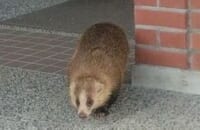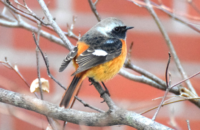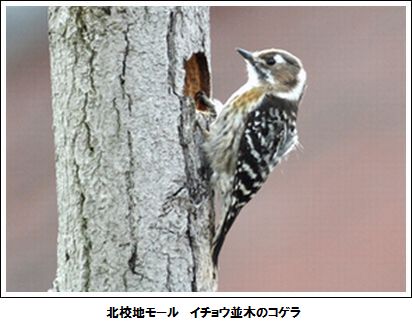
学内では早春の花々が咲き始め、冬鳥のツグミ、ジョウビタキが渡りの準備で慌ただしい動きを見せています。渡りをしないセグロセキレイなど定住の野鳥(留鳥)たちは、にぎやかなさえずりでパートナーにアピールを始めました。
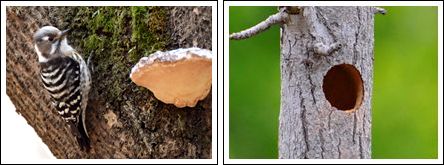 さて、学内には日本最小のキツツキのなかまのコゲラがよく姿を見せ、北モールのイチョウ並木には巣穴を作っています。木を彫るのですから相当のエネルギーを使います。
さて、学内には日本最小のキツツキのなかまのコゲラがよく姿を見せ、北モールのイチョウ並木には巣穴を作っています。木を彫るのですから相当のエネルギーを使います。
前後2本ずつに別れた足の指で幹をしっかりつかみ、尾羽を幹に押し付け安定感を高めます。
驚くのはその巣穴の形です。まず雨が浸入しないように直立かオーバーハングした場所を選び、クチバシで出入り口を円形にしつつ、下方へ10数cm掘り進めます。そこで2~5個ほど産卵し子育てするのです。
機能も優れていますがその入口の円形の正確さには圧倒されます。この形ならば親のみならず我が子の旅だちの際に身体を傷めることはないでしょう。
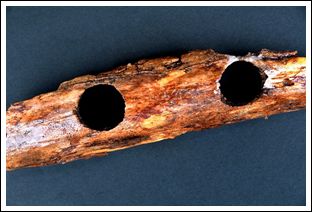
本校の「卒業式」もまもなくです。本校を旅立つ中学3年生が、輝ける未来に向かって強く羽ばたけるように心より祈っています。
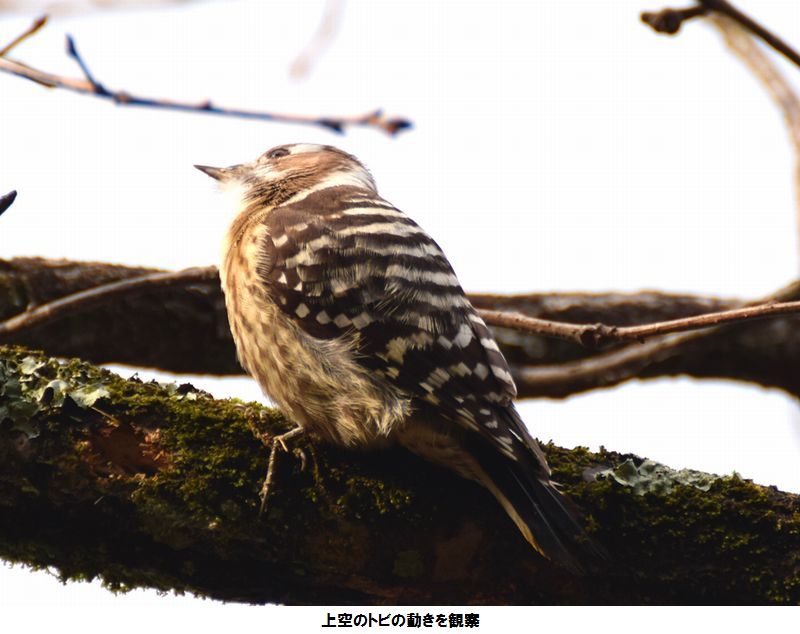
As the spring flowers start to bloom, winter birds, such as the Thrush and Daurian Redstart, are busy preparing for migration. Resident birds that don’t migrate, like the Japanese Wagtail, are busy finding a partner.
In our school, we can see Japanese Pygmy Woodpecker, which is one of Japan’s smallest woodpeckers, flying around the Ginkgo trees and making their nesting holes. The birds chisel into the trees, so it must take a lot energy. They use their spread out claws to hold onto the tree trunk and their tail against the tree trunk for stability. What surprises us the most is the shape of the nesting holes. First, they choose a vertical or overhanging place to stop the rain from entering. Then they use their beaks to make a round entrance and continue to hollow out an area of about 10~20 cm below the entrance. They produce 2~5 eggs and raise them there. The functions of the nest are amazing, but it’s the perfect roundness of the entrance that is most impressive. Because of the shape, the parents and the young birds wouldn’t need to worry about injuries when it comes time to leave the nest.
Our school’s graduation is soon. For the 3rd Year students who leave us, we pray that you all have a bright future ahead of you.

